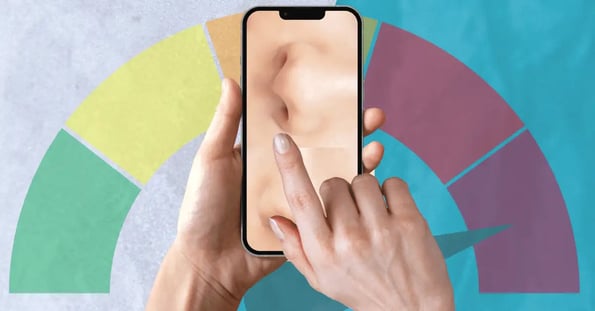Today’s smartphones already act as our eyes and ears, but now they’re coming for our noses, too.

Startup Mobile Physics is creating new technology to turn our phones into personal “envirometers” that can sniff out pollution, per Axios:
- The tech uses smartphone sensors and cameras to detect air quality, smoke levels, UV exposure, temperature, and more.
- Its app uses real-time notifications to warn users if hazardous levels are detected.
- It then instructs users to take actions like opening or closing a window, turning on an air purifier, or putting a mask on.
- Semiconductor companies Qualcomm and STMicroelectronics are embedding the tech into a chip for use in Android phones.
While current smartphones do show air quality levels, the data is pulled from nearby weather stations rather than a user’s exact location.
This means our phones can’t warn us of hazards in the most important place — our homes — where simple tasks like vacuuming and cooking can lead to unhealthy air quality.
This type of tech…
… would amass a wealth of data that certain companies — in insurance, government, and health sectors, for example — would likely pay top dollar for.
Mobile Physics plans to eventually roll out a subscription plan so that users can pay to access extra information, like how their exposure levels compare to users around them or historical data.
This might be of interest to at-risk groups, like those with respiratory problems, who may want to more carefully track their air quality.
Foggy future
We all saw those orange skies over the summer — air pollution is becoming a pressing environmental issue.
It’s a dangerous one: The World Health Organization estimates that air pollution causes ~7m premature deaths per year. And that comes at a cost of $8.1T in damages, according to the World Bank Group.
While smartphone tech can’t stop the smoke, it could make people more aware of the danger, and maybe even help keep us — and the planet — a little safer.
bc75.jpg)









